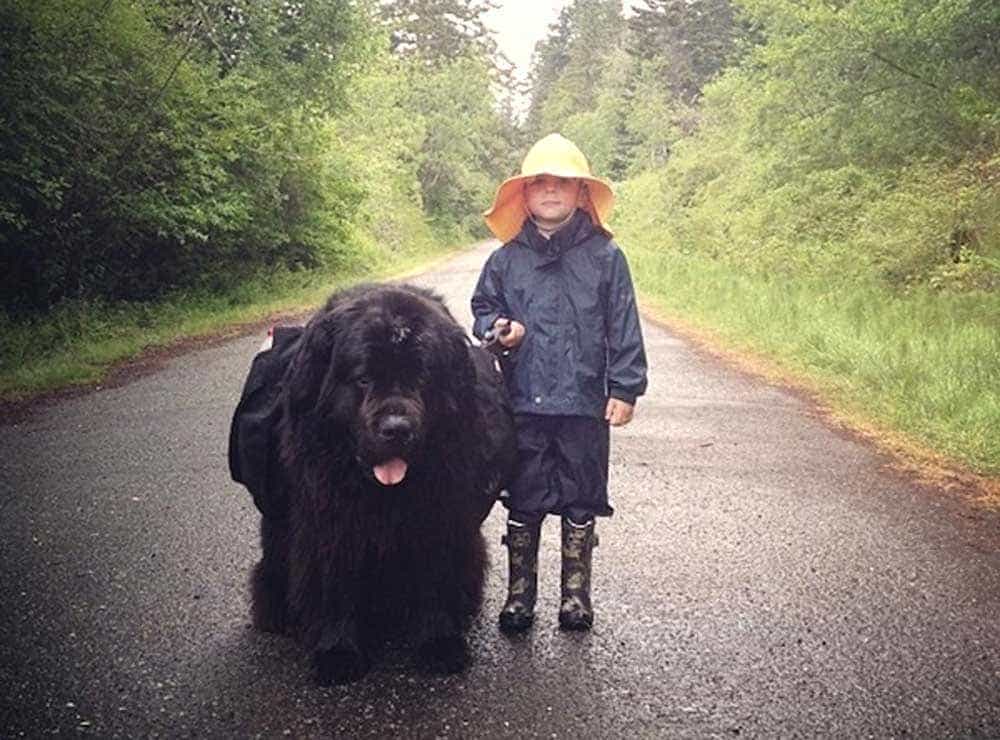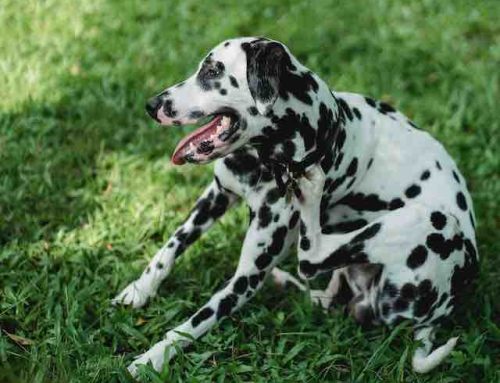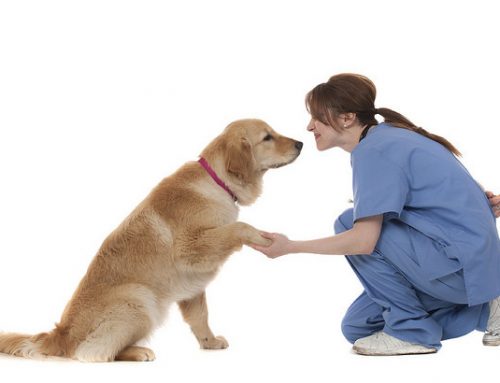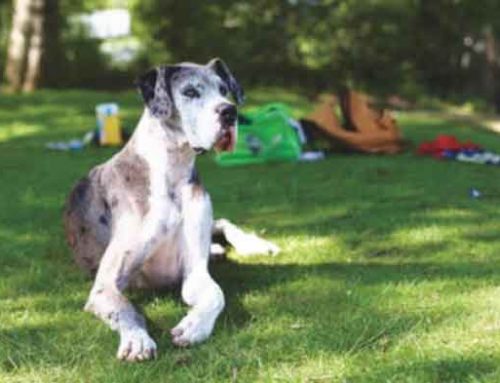The Fascinating World of Dogs: Man’s Best Friend

Dogs have been companions to humans for thousands of years, earning the title of “man’s best friend.” From their roles as loyal pets to their involvement in working fields like herding, hunting, and therapy, dogs have secured a special place in human society. But what is it about dogs that makes them such exceptional animals and companions? In this article, we’ll explore the history, characteristics, and enduring bond between dogs and humans.
A Brief History of Dogs?
The domestication of dogs is believed to have started over 15,000 years ago, though some studies suggest that dogs may have been living alongside humans for as long as 40,000 years. The most widely accepted theory is that ancient wolves, the ancestors of modern dogs, began to form a symbiotic relationship with early humans. Wolves may have been attracted to human campsites due to the abundance of food scraps, while humans saw the potential benefit of having wolves around to warn them of dangers or help with hunting.
Over time, these wolves evolved into a separate species: the domesticated dog. Through selective breeding, humans began to shape the dog into a diverse array of breeds, each suited for specific tasks. From herding sheep to guarding homes, dogs have become integral to human life. Today, there are over 340 distinct dog breeds recognized by various kennel clubs worldwide, each with unique traits and temperaments.
The Role of Dogs in Human Society
Dogs have been by our sides for millennia, and their roles have expanded far beyond simple companionship. They have served in various capacities throughout history, and their utility continues to evolve.
1. Companions and Pets?
The most common role that dogs play today is that of a pet. Dogs provide companionship, loyalty, and emotional support, making them perfect for families, singles, and seniors alike. The bond between humans and dogs is rooted in mutual affection and trust. Studies have shown that spending time with dogs can reduce stress, improve mood, and even lower blood pressure. The presence of a dog can be comforting, especially for people experiencing loneliness or anxiety.
2. Working Dogs
Dogs have been used for work for centuries, performing a variety of tasks based on their instincts and specialized training. Working dogs are typically bred for specific functions, such as herding, guarding, or assisting the disabled. Some of the most common types of working dogs include:
Herding Dogs: Breeds like Border Collies, Australian Shepherds, and Corgis are known for their intelligence and instinct to herd livestock. These dogs help manage and move animals, making them invaluable to farmers and ranchers.
Service Dogs: Dogs trained to assist people with disabilities play a critical role in improving the quality of life for their owners. Guide dogs, for example, help visually impaired individuals navigate the world, while medical alert dogs can warn their owners of impending seizures or diabetic lows.
Search and Rescue Dogs: These highly trained dogs are used in disaster scenarios, such as after an earthquake or during missing-person searches. Their keen sense of smell allows them to detect people trapped under rubble or in remote locations.
Detection Dogs: Dogs are also widely used in law enforcement and military settings, where they are trained to sniff out drugs, explosives, or even cadavers. Their acute sense of smell makes them highly effective in these roles.
Therapy Dogs: Many dogs provide comfort to people in hospitals, nursing homes, and schools. Therapy dogs are trained to interact with people in a way that promotes emotional well-being. These dogs often visit patients to offer companionship, reduce anxiety, and enhance recovery.
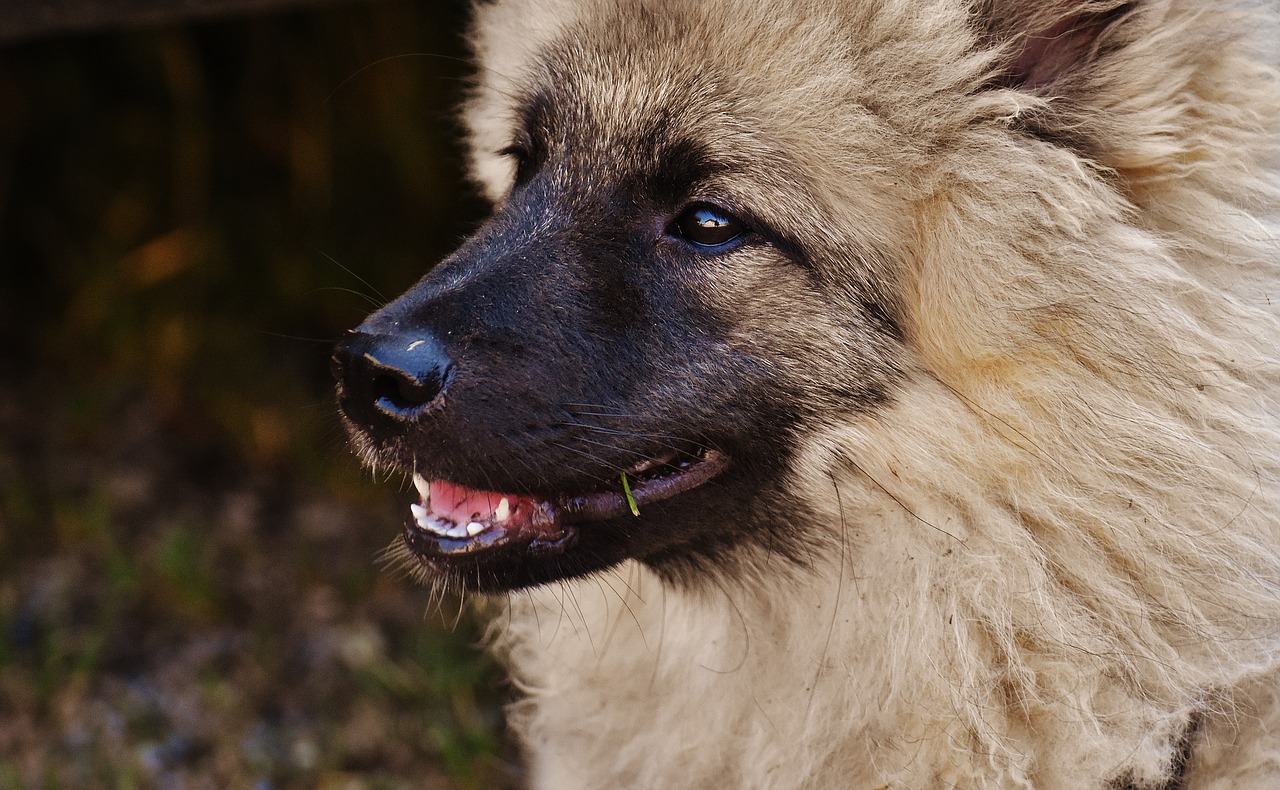
3. Dogs as Protectors
Dogs have long been revered for their protective instincts. Historically, they were used to guard homes, livestock, and even people. Today, many dogs continue to serve as family protectors, using their natural guarding abilities to keep their homes safe. Breeds like the Rottweiler, Doberman Pinscher, and German Shepherd are particularly known for their protective nature.
Beyond physical protection, dogs also serve as emotional protectors. Many people find comfort in knowing that their dog will alert them to unusual sounds or intrusions, offering a sense of security. The bond between a dog and its owner often extends to the point where the dog is fiercely loyal, willing to defend their human at all costs.
Dog Behavior and Communication
Dogs have a complex system of communication that they use to interact with each other and with humans. While they cannot speak human languages, dogs convey a wealth of information through body language, vocalizations, and scent.
Body Language: A dog’s posture, tail position, and ear movement can tell you a lot about its emotional state. A wagging tail typically indicates excitement or happiness, while a tucked tail can signal fear or submission. Raised hackles may suggest aggression or heightened alertness, and a relaxed stance shows comfort and contentment.
Vocalizations: Dogs communicate through a variety of sounds, including barking, whining, growling, and howling. Barking is often used to alert their owners to something happening nearby, while whining might indicate anxiety or a desire for attention. Growling is usually a warning sign, signaling discomfort or potential threat.
Scent: Dogs have an incredibly powerful sense of smell—up to 100,000 times more sensitive than humans. This allows them to detect scents that are imperceptible to us, and they use scent to identify people, other animals, and places. This exceptional ability is why dogs are often used in detection work, from sniffing for drugs to identifying diseases like cancer.
The Benefits of Owning a Dog
The advantages of having a dog extend far beyond the obvious companionship. Numerous studies have shown the positive effects dogs can have on mental, emotional, and physical health.
1. Mental and Emotional Health
Dogs provide unconditional love and companionship. The simple act of petting a dog has been shown to release oxytocin, the “love hormone,” in both the human and the dog. This hormone plays a key role in bonding and reducing stress. Dogs can help reduce feelings of loneliness, increase feelings of happiness, and even serve as emotional support for people dealing with mental health issues like depression or anxiety.
2. Physical Health
Owning a dog can encourage a more active lifestyle. Dog owners tend to walk more frequently, which leads to improved cardiovascular health. Furthermore, dogs help motivate their owners to get outside and enjoy fresh air, which can improve overall well-being.
3. Social Interaction
Dogs can act as social bridges. Walking a dog or simply being in a park can lead to spontaneous conversations with other dog owners, helping to build social connections. For people who may have difficulty socializing, a dog can act as an icebreaker, reducing feelings of isolation and increasing social interaction.
Conclusion
Dogs have long been more than just pets; they are loyal companions, protectors, workers, and even healers. Their bond with humans is built on trust, affection, and mutual respect, and it continues to evolve as society changes. Whether they are working in search and rescue, providing therapy, or simply curling up at the foot of the bed, dogs are an integral part of our lives, offering love, protection, and companionship. As we gather around the holiday table this year, our dogs deserve the best in dog beds and Mammoth can provide a quality little heaven for every breed. Specializing in large breeds and orthopedic applications, Mammoth is vet recommended.
As we continue to learn more about these incredible animals, one thing remains clear: dogs are truly special creatures, and the bond we share with them is one of the most enduring and meaningful connections in the animal kingdom.
about author

Mammoth has been manufacturing quality extra large dog beds since 1995 that come highly recommended.
subscribe to Our newsletter
Keep up on new events!


